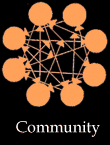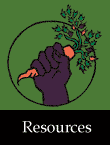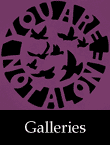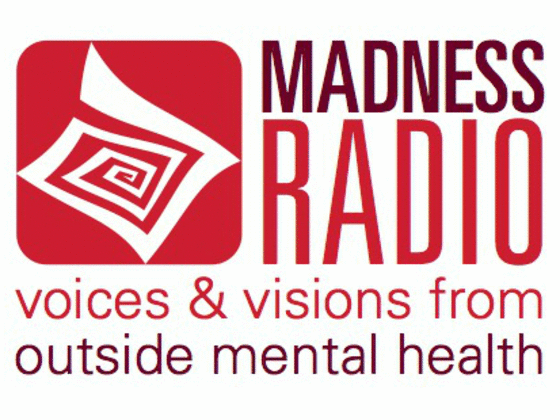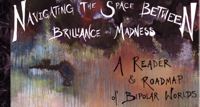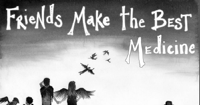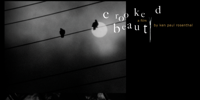Theatre of the Oppressed
Submitted by Anonymous on Mon, 07/04/2005 - 6:45pm--by Julie Sparling
If you were to walk up to strangers on the street and ask them to define “theater” they would probably describe a stage filled with costumed actors speaking scripted lines to an audience of passive listeners. People might describe a movie theatre, or a Broadway musical. Most often, what comes to mind is what I call “one-way theatre”— performance that flows in one direction from the stage to the audience. Sure, we all appreciate a chance to escape daily problems, but rarely does traditional theatre solve those problems. Even political street theatre, which pinpoints and offers alternatives to societal problems, usually preaches and alienates rather than inspires dialogue.
There is another option— it’s called Theatre of the Oppressed (T.O.). For over forty years Brazilian director and legislator, Augusto Boal, has been leading groups through more than 600 games designed to confront internal and external oppression. This “two-way theatre” is used all over the world by activists, teachers, mental health workers and artists who value personal experience as a reflection of universal issues.
TO can be used for interactive performances, or closed workshops. It can take shape as Forum Theatre, Legislative Theatre, Image Theatre, and Invisible Theatre. All formats begin with games that may seem like “wacky icebreakers” but the playfulness is a gateway for a group to travel into stories where people have felt stuck, estranged, or ashamed. Participants share a real situation, dramatize it, and then carefully redramatize it so the group may experiment with alternatives to the situation’s “oppression”. Boal intends the games to be very practical: “The scene, the stage becomes the rehearsal space for real life.”
This work began in 1970 to help Brazilians find solutions to their own problems within a repressive government, but it has found its way into all classes and continents. Activists, therapists and educators all over the world use it in their work—ranging from addiction support groups in the Netherlands, to homeless street youth seeking public voice in Seattle, or activists in Asia seeking to revitalize the civic dialogue.
In 2003 I helped launch the Bay Area Theatre of the Oppressed Collective, a group of people who are passionate about the work. In April of 2004 we hosted a conference where Boal came to lead three days of workshops. The arrival of the world’s foremost authority on theatre for social change warranted a grand experiment on our part—an attempt to demonstrate Legislative Theatre.
In preparation for this exciting civic event, we met with four groups: high school students at Destiny Arts Center, advocates and clients from The Coalition on Homelessness, members of the Day Labor Project at Centro Del Pueblo, and Laughing Stock, a group of comedy improvisers living with AIDS. We chose different games for different groups, depending on whether they already knew one another, their age and other factors. Boal’s books are the best source for detailed descriptions of T.O., but I have written up a few of my favorites in the “Games Explained” section of the TOOL KIT within this book. We prepared unfinished scenes for the Forum Interventions that would take place with over 150 people, including members of the Housing Authority, Board of Supervisors, Youth Commission, and the School Board.
On the big day, Augusto and I co-facilitated the Forum and while “Spect-actors” came up to take the place of the main character, everyone was invited to write down solutions to the systemic ills reflected in the scene. These cards were brought up to the front tables where volunteers summarized them into proposals. The proposals were read aloud, debated and voted on, and then given to members of Matt Gonzalez’ staff who edited and submitted them to the Supervisor’s office the next day. It was a raucous evening, filled with laughter, tears, confusion and heated discussion—the kind of theatre that works toward making a difference for all of us.
T.O. is a process, not a product. Working in the silence of Image Theatre moves stagnant discussions from “what’s wrong” to “what’s possible”. For example, one of our B.A.T.O. labs chose to look at the concept of “whiteness” in society. We began by creating a group sculpture and then dynamized it into a virtual revolving door of mini-scenes that depicted a range of experiences—from the well-intended bliss of privilege, to the rage of awareness, and many variations in between. The discussion that followed was rich because we could refer to what just happened rather than an elusive philosophy or personal narrative. The process of TO helps us face the cops down the street as well as the “cop in the head”. It is a tool to share and show ourselves the power others hold over us, as well as the power we hold in ourselves.
Boal has written many books, but the one that best describes the various uses for his “gamercises” is the second edition of Games for Actors and Non-Actors, translated by Adrian Jackson and published by Routledge in 2002. In the preface to his book Games for Actors and Non Actors, Boal writes “ Theatre of the Oppressed creates spaces of liberty where people can free their memories, emotions, imaginations, thinking of their past, in the present, and where they can invent their future instead of waiting for it” (p.5). For more reflection for a variety of facilitators, check out Playing Boal edited by Mady Shutzman and Jan Cohen-Cruz in1994. The chapter entitled “Augusto Boal and Jacob Moreno” is a lively discussion of T.O. in the mental health profession. To contact Bay Area Theatre of the Oppressed Collective, check out our website at:
www.batocollective.org



